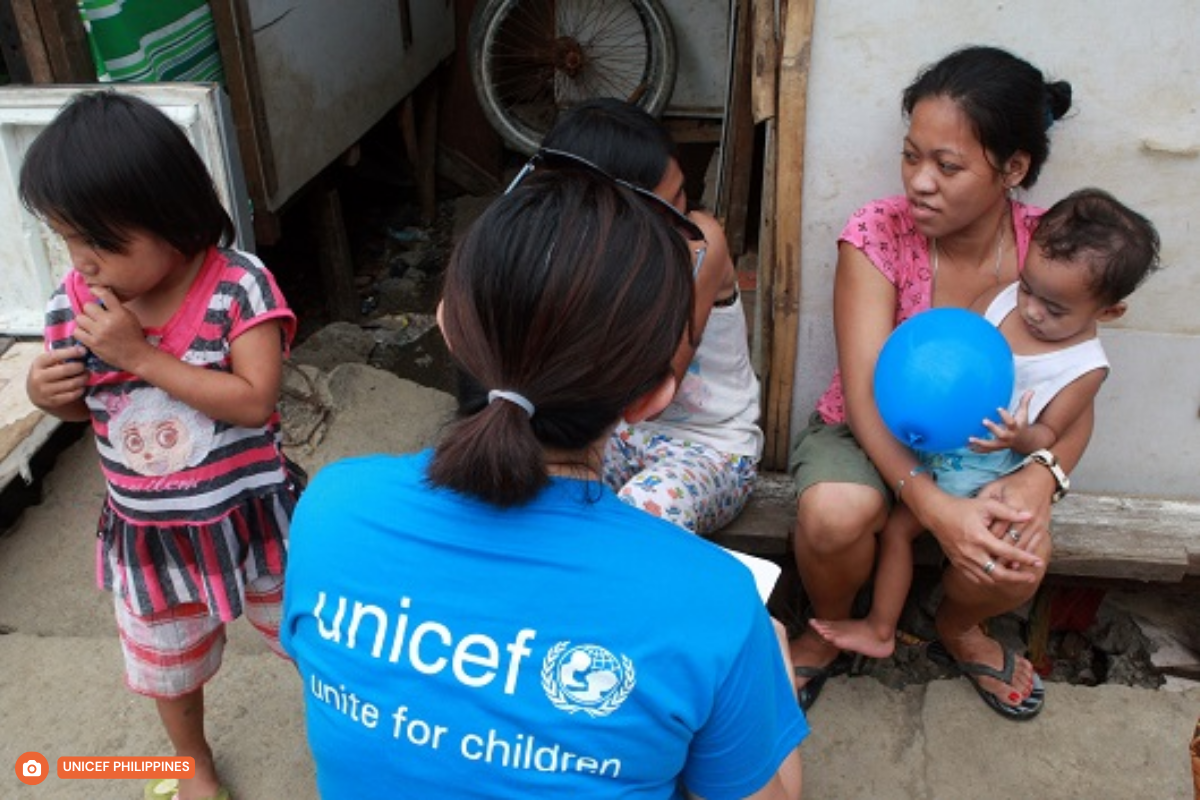PH HAS HIGHEST NUMBER OF CHILD DISPLACEMENT FROM WEATHER-RELATED DISASTERS
THE Philippines has the highest number of child displacement caused by weather-related disasters, a UNICEF report said.
The agency’s Children Displaced in a Changing Climate analysis showed that the Philippines had a child displacement of 9.7 million, followed by India and China with 6.7 million and 6.4 million respectively.
The Philippines also ranked first In terms of hazard for storms and third for floods in absolute numbers of children displaced.
“Children are among those who suffer the most when they are displaced in times of disasters. They experience stress, lose days in school, get sick, and become more prone to exploitation and abuse. We need to strengthen efforts to protect children at risk and support those already displaced,” said Oyunsaikhan Dendevnorov, UNICEF Representative to the Philippines.
Floods and storms together accounted for 95 percent, or 40.9 million, of recorded total child displacements between 2016 and 2021. Droughts triggered more than 1.3 million internal displacements of children, with Somalia, Ethiopia, and Afghanistan most affected. Wildfires caused 810,000 child displacements, with more than a third occurring in 2020 alone, heavily affecting Canada, Israel, and the United States.
The study is the first global analysis of the number of children driven from their homes between 2016 and 2021 due to floods, storms, droughts, and wildfires, and looks at projections for the next 30 years.
Relative to the size of child population, children living in small island states, such as Dominica and Vanuatu, were most affected by storms, while children in Somalia and South Sudan were most affected by floods.
It is estimated that approximately 2.5 million children in the Philippines are at risk of being displaced by storm surges in the next 30 years. This risk is exacerbated by the fact that the country’s coastlines are highly susceptible to storm surges, and it can impact even densely populated cities such as Manila, Cebu, and Davao.
Decisions to move may be forced and abrupt in the face of disaster, or they may involve pre-emptive evacuation, which saves lives but can still cause children to face the dangers and challenges that come with being uprooted from their homes, often for extended periods.
Children are especially at risk of displacement in countries already grappling with overlapping crises such as conflict and poverty, where local capacities to cope with additional displacements are strained.
According to the report, the Philippines has a robust system in place to prevent and respond to disasters, including monitoring systems, early warnings, evacuation protocols and available shelters.
The DSWD’s Disaster Response Operations Monitoring and Information Center was cited as a best practice, collecting data on the number of people evacuated and the number staying in shelters or with relatives over time and disaggregates this information by age, sex, and location.
The report however said that the sheer number of children who could be potentially displaced by a single disaster in the Philippines raises important questions about the absorptive capacity of host communities, shelters and schools.













